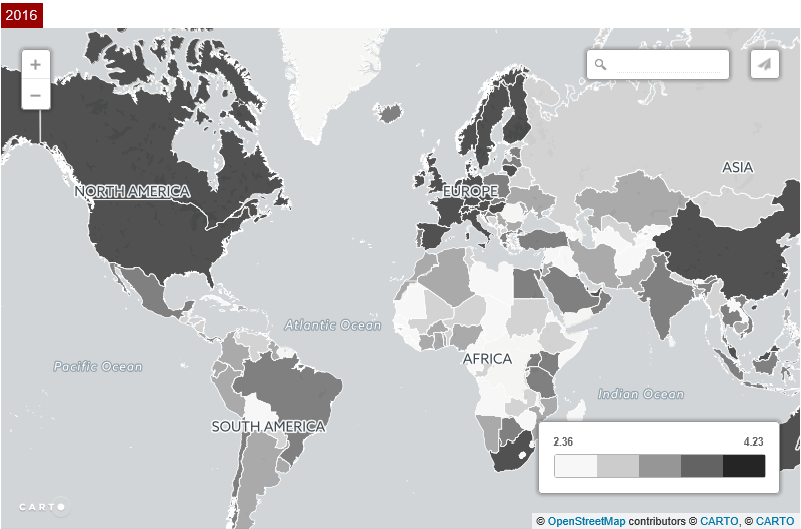26 Best Practice in Lean Warehousing!!
Many people may think the term “lean warehousing” is an oxymoron. Let’s face it, most lean purists believe that all transportation and warehousing functions are pure waste. Many organizations see logistics functions as a way to gain competitive advantage and bring value to the customer. The fact is, particularly with the growth of the global supply chain and extended lead times, lean warehousing is necessary and plays a critical role and must be integrated into the entire supply chain. The use of facilities for inbound material logistics and outbound finished goods distribution are the bridges that connect all the imbalances and lack of flow in the entire stream. Leaders inside the warehouse need be knowledgeable about inbound flow and outbound demand that the warehouse is supporting. In the absence of this visibility, warehouse operators will simply be reacting to day-to-day activities.
At LeanCor, we look at the term lean warehousing from two vantage points, or two cases. In case No. 1, or strategic lean warehousing, we focus on how our lean warehousing strategy fits into the overall supply-chain strategy. In strategic lean warehousing, we recognize the supply chain is an overall system, with many moving parts. Warehousing plays a key role in that system; there is no assumption we need the warehouse, and we look for ways to minimize the need for storage of product all together. The second vantage point is case No. 2, or tactical lean warehousing. In this case, we focus inside the four walls of the warehouse and ask, “How can lean principles and tools help us to run a more efficient warehouse?” Here we have made the assumption we need the warehouse and therefore want it to run as effectively and efficiently as possible.
Here are 26 best practices in lean warehousing, taken from our recent assessment and webinar. Are youpracticing lean warehousing?
Safety
1. We manage a formal, behavior-based safety program.
2. Our facility is designed with safety as a priority (including equipment, ergonomics, and processes.)
3. We have a strong 5S system with regular discipline and floor-wide training.
Customer Focus
4. Our warehouse processes operate to the pace of customer demand.
5. We consider the total cost of fulfillment in our decision making.
6. Warehouse strategy is driven by inventory strategy.
Stability
7. We use process and takt time to determine the number of resources (people and equipment) for the warehouse.
8. We have a balanced personnel ratio target allowing flexibility to ramp up and down based on production demands.
9. We know asset requirements in terms of facilities, infrastructure, and equipment. We leverage this information to ensure optimal uptime and asset utilization. We consider the impacts of scheduled and unscheduled worker time off in our labor resourcing.
Standardization
10. We are committed to standard work, starting with leaders and extending to each team member.
11. We focus on standardization of products such as isolating and eliminating the cost of SKU complexity.
12. We focus on the standardization of dunnage such as pallets and returnable containers.
Visibility
13. Our KPIs are visible to all and can communicate the status of the operation’s performance at any given time.
14. Visual management in the facility enables team members to see, know, and act as a group.
15. Customer expectations are visible and understood by all warehouse team members.
Quality at the Source
16. We engage in isolating key failure modes (or areas of defects).
17. We implement poke yokes to error proof processes and prevent defects from happening.
18. We have developed a quality dashboard from which to monitor performance.
Flow
19. Warehouse functions are connected to the inbound and outbound supply chain processes of the organization; we are focused on flow and speed as opposed to storage and stop-and-go strategies.
20. Warehouse functions operate on a pull replenishment method – from the inbound supply base to outbound customers.
21. We level demand over available working time in the warehouse.
Teamwork and Collaboration
21. Team members are developed through formal training programs.
22. Team members are encouraged to share best practices.
23. Daily stand up meetings for each shift provide visibility to current conditions and learning.
Continuous Improvement
24. All team members engage in a formal problem solving process for continuous improvement.
25. Regular Gemba walks occur to identify waste in the warehouse.
26. Leaders spend time on the floor and engage in active problem solving with all team members in the operation.



Comentarios
Publicar un comentario